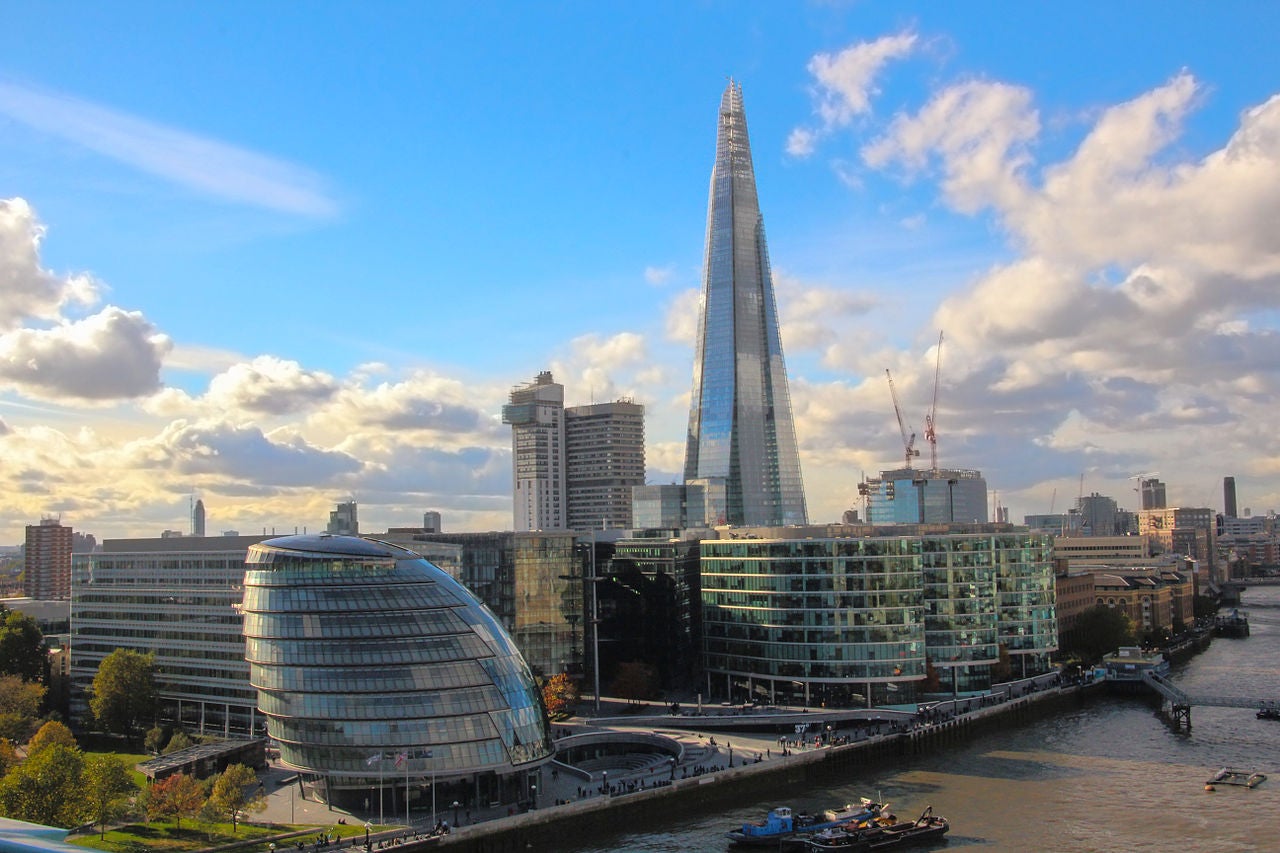Thousands of luxury apartments are sitting empty in London
If you’re in the market for a multi-million-dollar manse, London has a sad and beautiful world of posh apartments that have been collecting dust for the past year—and hundreds more are on the way.


If you’re in the market for a multi-million-dollar manse, London has a sad and beautiful world of posh apartments that have been collecting dust for the past year—and hundreds more are on the way.
These luxury flats—most with a starting price of £1 million ($1.4 million)—are simply failing to sell. According to property agent Henry Pryor, they were pitched as “gambling chips for rich overseas investors,” a traditionally lucrative demographic that has since turned its back on the UK’s Brexit-roiled market.
Out of the 1,900 units built in 2017, only 900 were sold, with the total number of empty luxury apartments across London now sitting at a record 3,000.
According to Liam Bailey, Global Head of Research at global brokerage firm Knight Frank, the market has responded to slowing sales, with developers reducing the pace of building construction. This has lead to ground breaking in central London “falling from a high at the end of 2015 to around 30% to today.”
Others are taking properties off the market completely—though this isn’t the case for some of London’s priciest properties: Take the penthouses of the Shard, London’s largest skyscraper. The ten apartments have sat empty since hitting the market in 2013. Designed by renowned Italian architect Renzo Piano—the man behind New York’s new Whitney Museum and Paris’ iconic Pompidou Centre—the apartments are priced at a cool £50 million each.
What’s in it for me?
Naturally, these high-end pads come with all of the perks of equally stellar budgets (think cinemas, swimming pools, gyms), and to sweeten the pot, agents are offering freebies to potential buyers in the form of furniture, carpets, and cars.
But beyond those free cars, the strongest appeal of London’s luxury market could be its substantial discounts.
Overseas investors who planned to flip and make a quick profit are now focused on getting away with the smallest possible loss—which means investors may be losing out while buyers are scoring discounts. This has seen properties in London’s most exclusive areas being reduced by an average of 9%-12%.
Brexit and stamps
So why the drop in sales? The mass uncertainty that comes with exiting the European Union is mostly to blame—but the slowing sales are also the result of a funny little law from 1694.
Known as the “stamp duty,” the law was introduced as a way to raise money for a war against France, but was eventually slapped on everything from newspapers and perfume. After a series of changes in Parliament, it became a lever that would alter the course of the housing market.
Today, it’s a tax charged by the government when you buy a second home. It also takes hold when you purchase property for over £125,000, and hits overseas companies that buy properties over £2 million in the UK. In 2014, the way the tax was calculated changed so that anyone buying a home for more than £937,000 would pay more (paywall).
London’s housing crisis
At its current rate, the existing glut of London properties will take three years to sell. Despite this sluggishness, developers actually have plans to build over 400 brand-new residential towers (each at least 20 stories high), and the city’s councils recently approved another 18,712 total units costing over £1m.
All of this is when the capital is facing a growing crisis in the availability of affordable housing, causing many to accuse the city’s leaders of prioritizing the needs of the super-rich from overseas over those of middle-class Londoners.